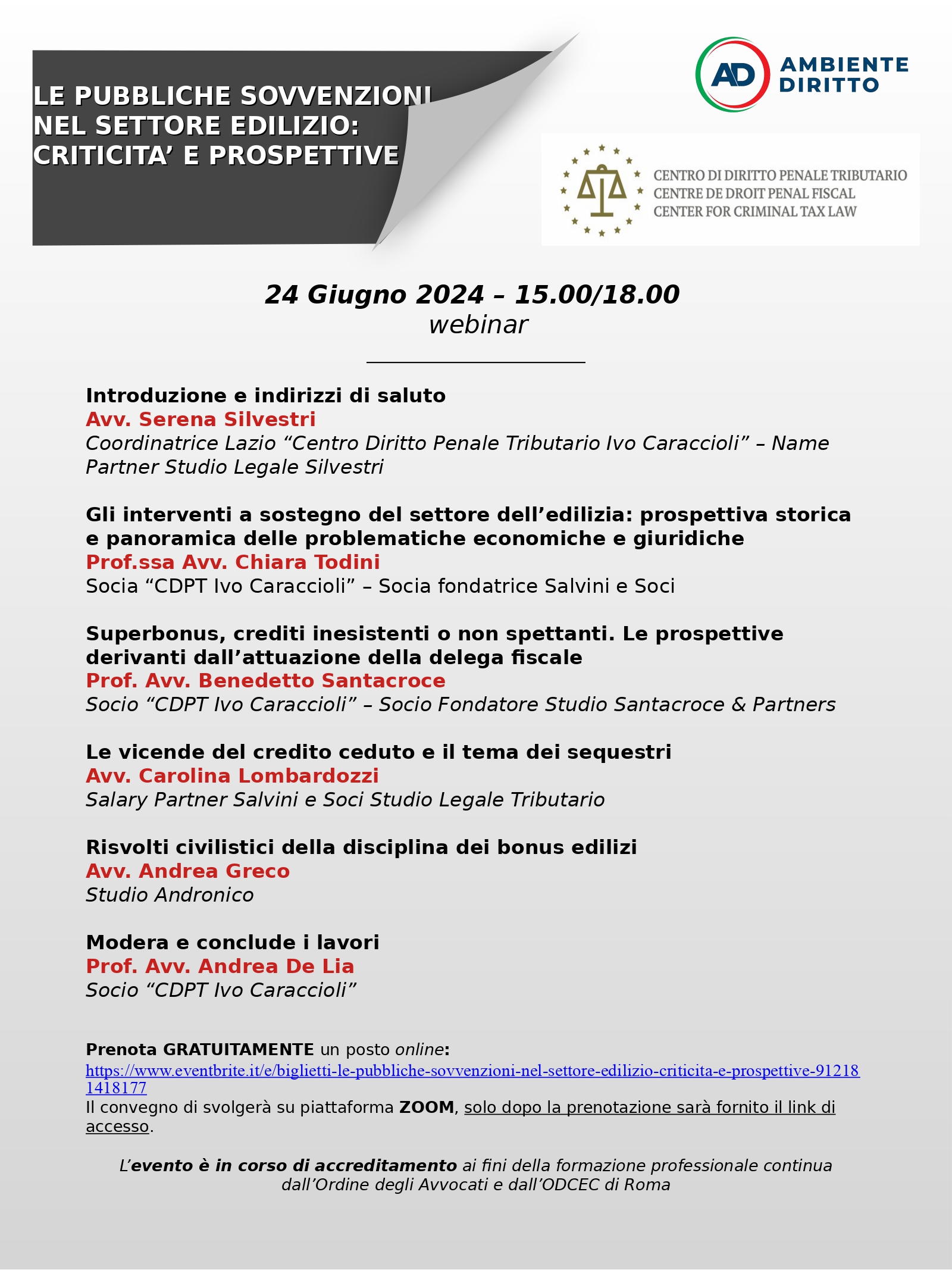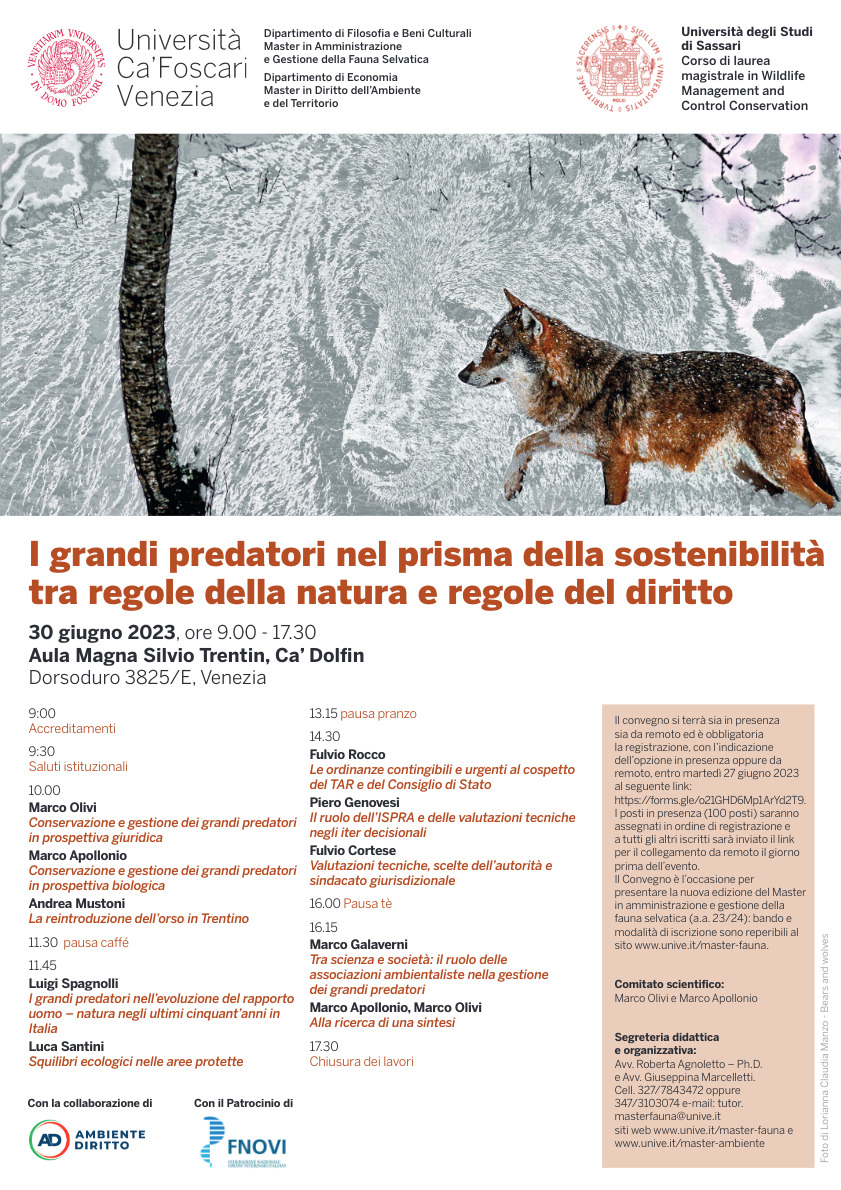______________ AMBIENTEDIRITTO ______________
ATTIVITÀ TURISTICHE E AREE MARINE PROTETTE: COMPATIBILITÀ E PRINCIPI DI GESTIONE EFFICACE.
Nicolò Carnimeo – Lara Marchetta
ABSTRACT (it.): Le aree marine protette sono uno strumento multifunzionale che deve coniugare le esigenze di tutela dell’ambiente marino con quelle della fruizione e della realizzazione di attività economiche secondo i principi dello sviluppo sostenibile. Per raggiungere questo obiettivo è necessaria una gestione che si ispiri ai principi della effectiveness and adaptable management basata su una valutazione scientifica degli impatti e una conseguente regolamentazione delle attività. Le attività turistiche dovrebbero conformarsi alle istanze della CETS (Carta Europea del Turismo Sostenibile) che può rivelarsi un utile strumento anche per il turismo nautico e quello balneare. Dall’esame normativo emerge con forza la necessità di una riforma della legge quadro sulle aree protette in particolare sugli aspetti della gestione e della regolamentazione delle attività compatibili.
ABSTRACT (en.): Marine protected areas are a multifunctional tool that must combine the needs for protection of the marine environment with those for enjoyment and the creation of economic activities according to the principles of sustainable development. To achieve this goal, management is required that is inspired by the principles of effectiveness and adaptable management based on a scientific assessment of impacts and consequent regulation of activities. Tourism activities should comply with the demands of the ECST (European Charter for Sustainable Tourism), which can also be a useful tool for nautical and seaside tourism. The need for a reform of the framework law on protected areas emerges strongly from an examination of the regulations in force, particularly on the aspects of management and regulation of compatible activities.
SOMMARIO: 1. Principi di gestione efficace e incidenza delle attività turistiche nelle aree marine protette. 2. La Carta Europea del Turismo Sostenibile (CETS). 3. Il bilanciamento tra uso e conservazione: le attività turistiche all’interno delle AMP e la loro regolamentazione. 3.1. Il turismo nautico. 3.2. Il turismo balneare. 4. Natura pubblicistica dell’ente di gestione “misto”. Proposte di riforma della Legge Quadro.
Scarica allegato





 AMBIENTEDIRITTO.IT EDITORE
AMBIENTEDIRITTO.IT EDITORE